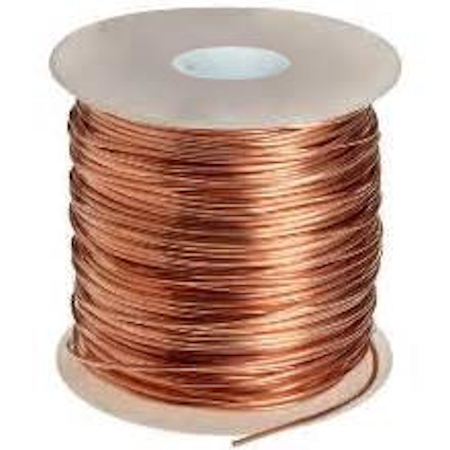|

Radial Wire
Radial wires are an essential component of certain ham radio antennas,
especially vertical antennas. They serve as a counterpoise, improving the
efficiency of the antenna by providing a better ground plane. Here's an overview
of radial wires for ham radio:
Purpose
Radial wires improve the antenna's efficiency by reducing ground losses.
They act as an artificial ground plane for vertical antennas.
Types of Radials
Ground-Mounted Radials:
Wires are laid directly on or slightly buried in the ground.
The more radials you use, the better the performance (typically 16–120 radials).
Length is generally 1/4 wavelength of the operating frequency but can be shorter
if needed.
Elevated Radials:
Used when the antenna is mounted above ground.
Usually requires fewer radials (2–4 is common).
Length is critical: exactly 1/4 wavelength of the operating frequency.
Length of Radials
The length is determined by the formula:
Length (in feet) = 234 / Frequency (in MHz)
Example: For 7.1 MHz (40 meters), the radial length is about 33 feet.
Compromise Lengths: If space is limited, shorter radials will still work but
with reduced efficiency.
Materials
Commonly used materials include:
Copper (bare or insulated)
Aluminum (less common due to corrosion issues)
Wire gauge: 14–18 AWG is typical.
Installation Tips
Ground-Mounted:
Spread the wires evenly around the base of the antenna.
If possible, bury the radials 1–2 inches below the ground to protect them from
damage.
Elevated:
Suspend the radials horizontally, ensuring they do not sag significantly.
Radials should be insulated from the ground.
How Many Radials Are Needed?
Ground-mounted antennas benefit from as many radials as possible. Efficiency
increases significantly up to about 120 radials. Elevated antennas work well with just a few properly tuned radials.
|